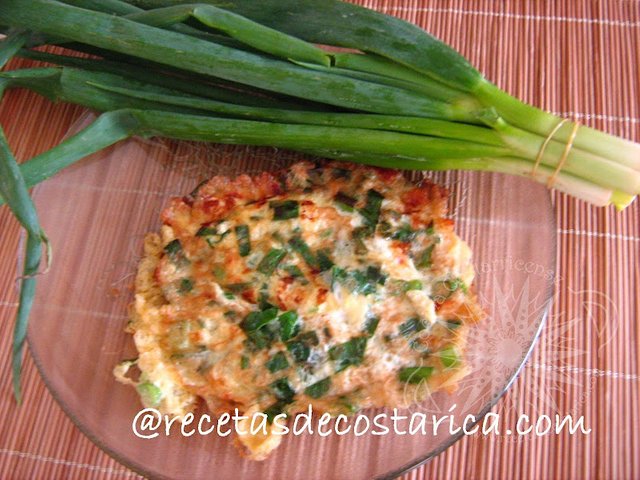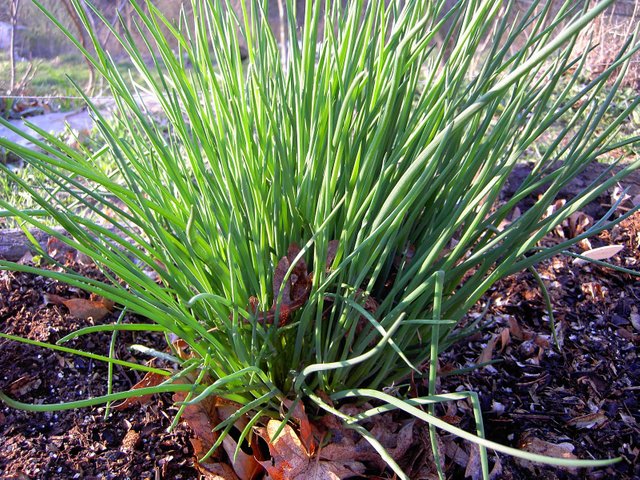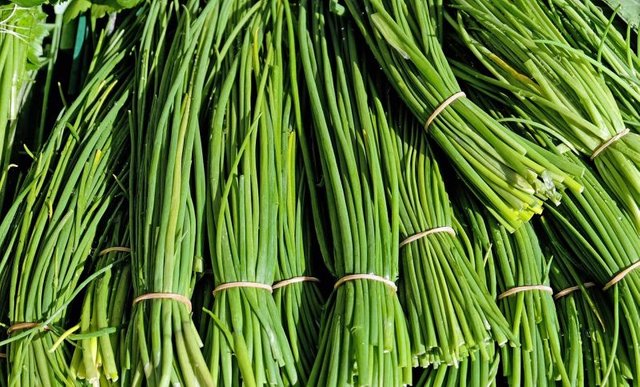Vegetable garden with @carlos-danieel-How to plant chives
Description
Chives belong to the family of onions, garlic and leeks. It is a resistant plant that tolerates droughts and reaches between 10 and 12 inches in height. It grows in bushes from bulbs and produces rounded and hollowed leaves thinner than those of onions. In the middle of summer, it gives pink flowers similar to those of the clover.
Culture
Chives develop in full sunlight and in a wide variety of soils but grow best in soils with high organic matter content. The most common way to spread the chives is by dividing the clods in early spring. Clods should contain 4 to 6 bulbs. It can also be grown from seeds sown in the spring. The seed takes time to germinate and takes 4 to 6 weeks to produce transplants. Plants that grow from seed produce variations in the texture and size of the leaves. To keep the plants vigorous and thinned, it is suggested to divide them every 2 to 3 years. It is beneficial to fertilize plants that are harvested frequently. To prevent the chives from invading the whole garden, because they can self-soak, you have to prune the flowers before they wilt. The chive is very colorful planted on the edges of the beds with perennials and flowers serve for floral arrangements.
Harvest
Harvest the chives during the course of the season to prevent the leaves from hardening and to encourage the development of new bulbs. Cut the leaves near the base about one inch above the ground. The flowers are used in decorating dishes. The leaves are used fresh and also dry but so they discolor and absorb moisture quickly. Chives can be frozen for later use.
Applications
The leaves are used to flavor salads, dips, soups, stews, vinegars, dishes based on cheeses, sour cream and butter. The flavor is much milder and more delicate than that of other members of the onion family.

Indoor cultivation
Chives grow easily in pots located in sunny places. Use pots with good drainage and fill them with prepared soil mix. Water to keep soil moisture uniform. To get the most colorful chive, dig up lumps from the garden after a frost (December-January). Plants placed in pots during the fall for indoor growing do not develop too well and tend to grow deformed.

Popular varieties
Chive 'Grolau' - This Swiss variety has been developed for indoor and greenhouse cultivation. Leaves very strong flavor, thick and dark. Less likely to deform.
Chive 'Nelly' - Leaves of fine texture. Greenish blue color. Uniform erect habit.
Chive 'Profusion'® - Prolific production of leaves and flowers. The flowers are sterile and do not produce seeds. Variety suitable for growing in pots.
Chive 'Staro' - Very thick dark leaves.
Chinese chives (Allium tuberosum) - also known as Chinese garlic. Similar in appearance to garden chives but the leaves are flat and not round and the flowers are white and not pink. Reaches a height of 12 to 18 inches. It is grown the same as garden chives. The leaves have garlic flavor. Excellent as an ornamental and edible plant. The cultivar 'Kobold' is more compact and uniform.

You can follow some of the powers of this beautiful steemir community as they are@catherinegairard @surprisebit @bue @hr1 @timothyb @pharesim @justtryme90 @cub1 and this wonderful group as it is @babelproyect which is comprised by, @elguille @otitrader @jorgebit @thelastpoet @dannaxkana @abelinche


Congratulations! Your post has been upvoted by Reach Out, which is proudly sponsored by @eturnerx. Our goal is to support Nigerian minnows on Steemit. Join our discord group https://discord.gg/ZvYF9T7